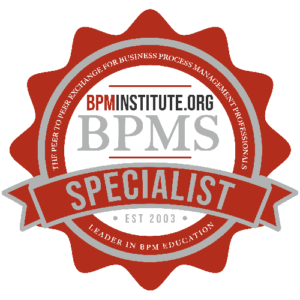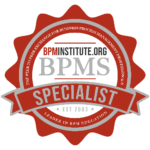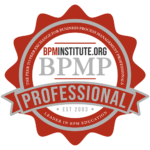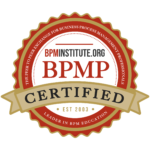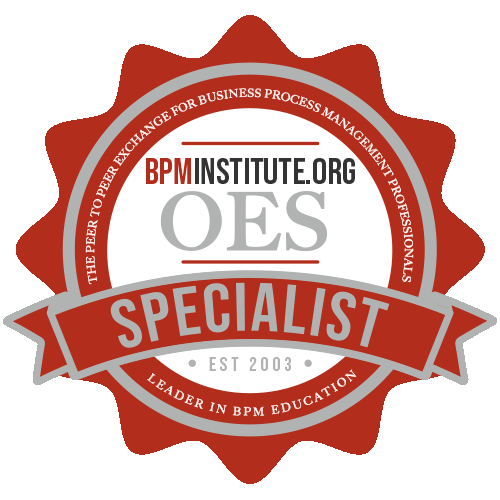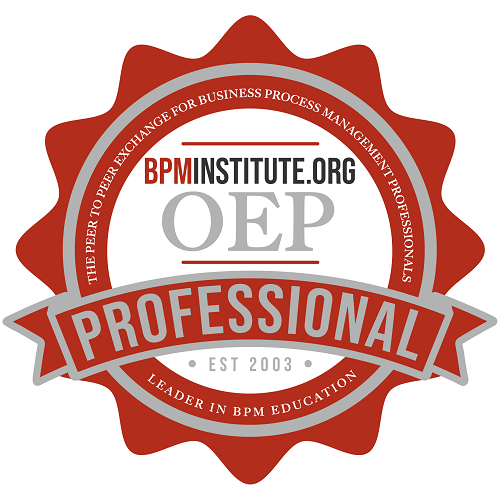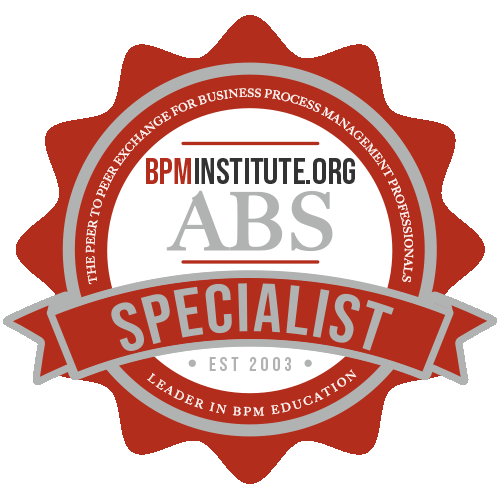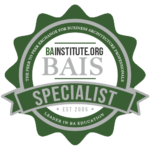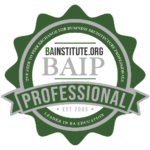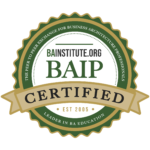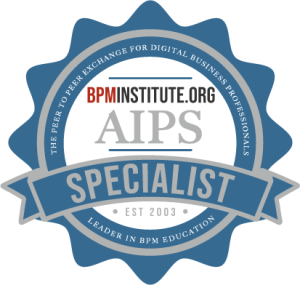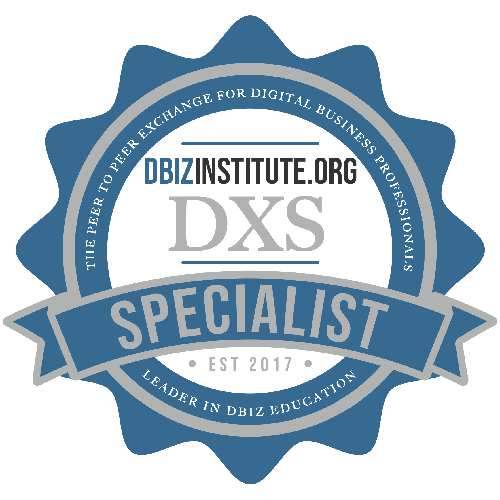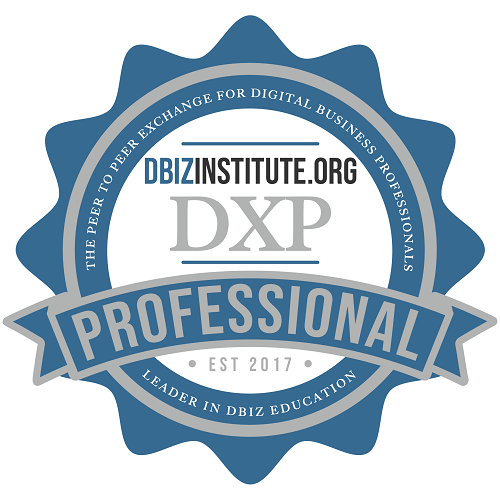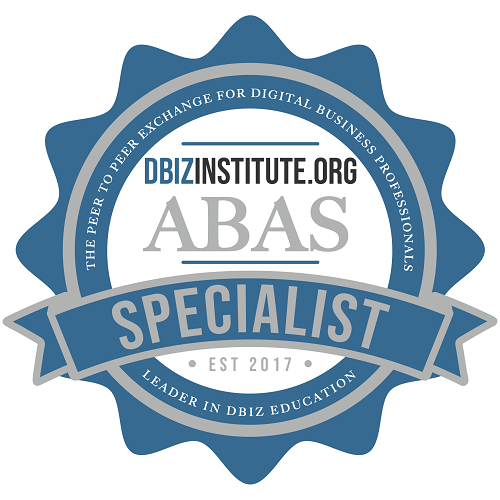The evolution of the BPM profession is leaving a strong impression of “Déjà vu”! Although less mature, the evolution of the Process Management discipline is comparable to that of the Project Management discipline.
BPM has the golden opportunity to develop more rapidly by leveraging the experience of its’ predecessor. For instance we can easily apply the key concepts of:
- Project to Process
- Program to Cross-Functional Process
- Project Portfolio Management to Process Portfolio Management
Project Portfolio Management evolved last in the universe of Project Management. However Portfolio Management brings the most value to an organization; as it ensures the selection of the right projects, the best allocation of limited resources, an alignment with strategic objectives, formal value tracking and most importantly a clear ownership structure. The practices of Project Portfolio Management have been highly adopted in the IT and new product development arena over the last few years.
In some aspects, Process Management has been following the same path of development as Project Management. Beginning with the improvement of single processes, moving to added focus on cross-functional process integration with the wave of ERP and CRM system deployments, and in some rare instances, companies are starting to pay more attention to Process Architecture and Process Portfolio Management.
Since the highest value of the work we do is driven by a sound Portfolio Management approach, the next section offers an application of the Project Portfolio Management best practices to Process Portfolio Management.
| From Project Portfolio Management | To Process Portfolio Management |
| Inventory. Portfolio Management begins with the understanding of the parts. This is usually done by creating an inventory of all the projects active or planned. The inventory includes descriptive information such as Project Name, Description, Cost, Timeline, Expected Benefits, Project Sponsor, Project Manager, and more. | A process portfolio should also start by the understanding of the part with a listing of all the processes in the company. The inventory should not be limited only to the high level core and support processes but should include all the levels of decomposition necessary to get to a specific process flow (i.e. Level 1, Level 2, Level 3, etc.) A starting process inventory will include the Process Name, Description, Process Leaders (who makes decision and provide direction), Process Owner (who ensure that the process is followed, performance is reported and maintain the documentation up to date).A more advance inventory will include: cycle time, frequency, cost, and value to the organization. |
| Strategic Alignment. The next step consists in aligning the parts with the big picture which is done by identifying the projects that match the organization strategic objectives. As the different objectives might also have different weight for the organization it is important to not only to identify the projects that match the strategic objectives but also be specific about which objectives its supports. | The same principle of alignment should be applied to the process inventory. Each process in the portfolio supporting the strategic direction should be identified and the specific objective(s) supported called out.
Beyond the best practices of strategic alignment the process portfolio should also include the basic classification of process types such as Core, Support, and Governing. A constant focus on the core processes is necessary for an organization to remain competitive. |
Prioritization. At this stage most companies end up with too many projects and prioritization is needed in light of limited resources and other organization constraints. Different techniques might be applied to find the right combination of projects:
The prioritization process goal is to determine the optimal projects mix to best achieve the organization’s strategic objectives as well as provide the right balance of short term vs. long term benefits, investment, and risks. |
At this juncture the word of process management and project management often converge as major process improvement initiatives will be managed as projects. In the case the project prioritization process will take precedence.
For the other processes in the portfolio in need of process improvement and resources the annual planning exercise is the best time to perform a health check on all our processes. The health check should focus on the balance of process cost versus value to the organization and help distribute limited resources to maximize the company performance. This exercise should ensure that all processes in need of compliance remediation and risk mitigation are high on the priority list to protect the company and its management from undesired consequences. |
| Execution. The execution of projects within a portfolio are often govern by a standard set of practices including scope management, time management, cost management, quality management, human resources management, communication management, risk management, procurement management and integration management. | The execution of a process takes place within the day to day operations of a business. The initial rollout of a process is enabled by upfront communication and training of the people involved in the process. Ongoing support should be in place to ensure consistent execution and proper alignment with annual performance review should be in place to incentive people to follow the process and strive for the desired results. Metric measurement should be in place to monitor the quality and results of the process to allow timely process adjustment. Finally incremental process improvement should become part of the operations and business as usual while major process change should be managed with the project management discipline. |
Measure. According to PMI in their Effective Benchmarking for Project Management white paper, the key area to measure are:
Portfolio Management should include the collection of all projects measurement and provide a good view of benefit realization timeline. |
As people do what is inspected and not expected each process should have a minimum set of metrics that reinforce the behaviors needed to lead to the desired performance.
Processes performance should be looked at with the right combination of metrics. Only one metric or the wrong set of metrics could lead to undesired behaviors and sub-optimum results. Most process benefits from metrics that directly related to the process activities such as: volume, cycle time, elapsed time (include wait-time and non-productive time), exceptions, defects and rework. Core processes will also benefits from metrics that tie back process performance with financial results. Measurement activities generate cost so each process measurement approach should be balanced with the overall value of the process and its legal obligations (regulatory compliance).
|
| Govern. The primary function of governance is to ensure proper exchange of information, resolve issue, make course correction and evaluate new opportunity. | Process Management requires the same type of governance. People and Processes are the key asset of a company yet today Executives pay more attention to project governance than process governance. Company who will adopt process governance to discuss and solve cross-functional process, make course correction and evaluation new opportunity on a timely basis will thrive in our constantly changing environment. Optimization will be made at the corporate level and organization will be more agile in response to change. |
As Process Portfolio Management maturity evolves it will become a key component of Project Portfolio Management in helping provide a better selection of projects based on a clearer business impacts understanding and more accurate business case calculation.



